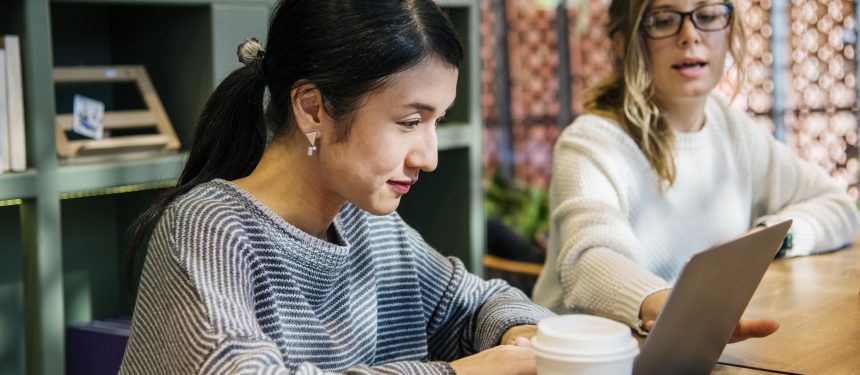Blended exchange programs are helping Japanese and US students prepare for the workforce complete with “global perspectives”, according to academics running such programs in Japan.
News and business analysis for Professionals in International Education
Have some pie!
Collaborative online exchange in US, Japan
 The COIL programs are a "cost-efficient way for many students to work on international projects", according to Ikeda. Photo: pxhere
The COIL programs are a "cost-efficient way for many students to work on international projects", according to Ikeda. Photo: pxhere Students have benefitted from two initiatives that seek to enhance initial online exchanges with direct student-to-student interactions.
“It is difficult to envisage so many students taking part in standard exchange programs”
Kansai University’s Collaborative Online International Learning Plus and ‘Multilateral COIL’ initiatives are designed to increase student global learning experiences and also nurture students to prepare for the global workforce of the 21st century.
Run by the Institute for Innovative Global Education and funded by Japan’s Ministry of Education, Culture, Sports, Science and Technology (MEXT), the programs provide a “cost-efficient way” to boost international experiences.
Since its launch four years ago, around 1,000 students have participated in the COIL program across Japan, Keiko Ikeda, vice-director of the Center of International Education at Kansai University said.
“COIL is a cost-efficient way for many students to work on international projects and the approach overcomes differences in term times and curricula between universities in Japan and overseas,” she said.
“It is difficult to envisage so many students taking part in standard exchange programs.”
As well as encouraging students to pursue collaborative projects to instil skills including team management and cross-cultural communication, one of COIL’s strength is that it opens up opportunities to students who may have had “financial or educational program constraints to interact with their peers around the globe”.
The COIL Plus initiative consists of two phases, Ikeda explained.
“In the first ‘virtual’ phase, students interact online using modern communication tools such as video conferencing.
“In the subsequent “Plus” phase, students actually travel to each other’s home institutions and work together on pre-planned tasks, thereby enhancing their learning experience; this is referred to as ‘high impact learning’.”
The COIL Plus initiative is run in partnership with 11 US universities, including Northern Arizona University, UC Berkeley Extension, James Madison University and Michigan State University.
In 2019, IIGE also launched a ‘Multilateral COIL’ joint honours program with University Mobility in Asia and the Pacific and the Peace Boat East Asia Voyage.
The eight-week UMAP-COIL Joint Honors Program saw 16 students complete a three-week pre-mobility COIL, followed by a one-week onshore seminar orientation at Kansai University, and finally a three-week cruise around Japan with stops in Russia and South Korea on the Peace Boat.
IIGE is also supported by the American Council of Education and the US Embassy in Tokyo.
MEXT has selected 13 universities in Japan to disseminate COIL educational methods, which is led by Kansai University.
In 2018-19, 948 Japanese and 557 US students participated the COIL Partnerships.
Still looking? Find by category:


